

Damion Smy
2026 KGM Musso ute images leaked
2 Hours Ago
Fuel prices are high and could be staying that way for a while. Here are 5 tips to save you some fuel money.

Founder
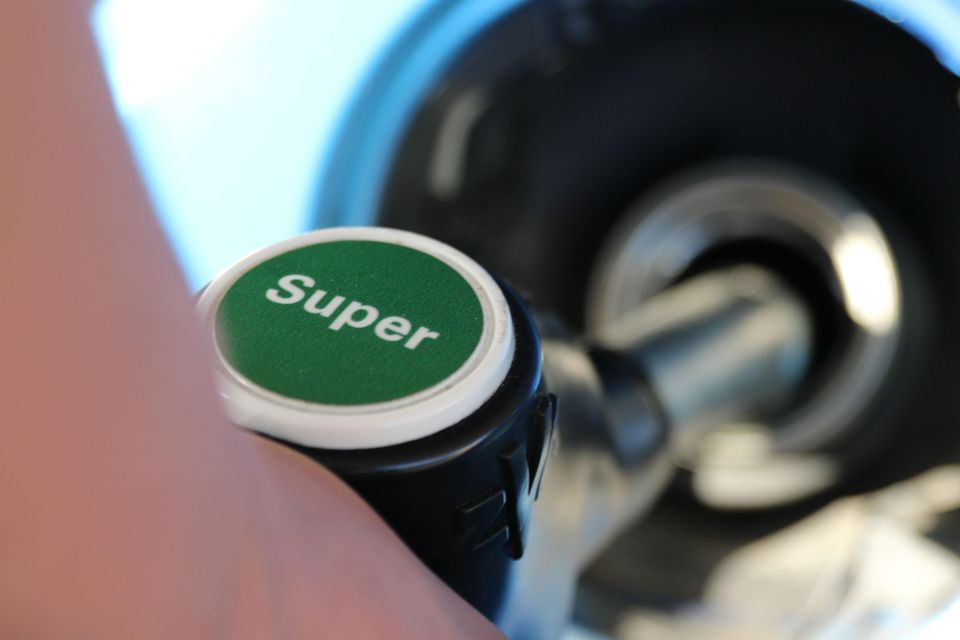

Founder
Fuel prices are out of control at the moment and they’re showing no signs of becoming any less crazy in the coming months.
So, like most people, you probably want to try and save money on fuel as much as possible.
Outside of buying an electric vehicle or spending more money on a more efficient car, what are some ways you can save money on fuel? These are our top five tips.
An under-inflated tyre can cause your car to not only use more fuel to overcome the extra rolling resistance of under-inflated tread, it can also make your car handle poorly.
What pressure should you use? That depends on your car. Each vehicle make and model has its own set of recommended tyre pressures set by the manufacturer during the engineering process. These pressures are designed to strike a balance between handling and fuel economy.
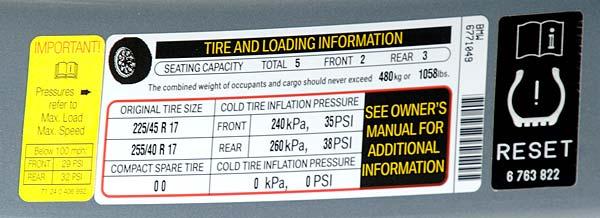
To find the recommended tyre pressure for your vehicle, open the driver’s door or front passenger’s door and you will find a sticker or plate that outlines the tyre pressure you should use for your vehicle.
The sticker will recommend the tyre pressure for the load of the vehicle (i.e. how many passengers you’re expecting to carry) and the tyre pressure should be set when the tyres are cold (so before you go on a longer drive).
If you’re really conscious about saving money, increasing your tyre pressure above the recommended rating by up to 10 per cent can further reduce your fuel consumption as the tyre contact patch with the road reduces and creates less rolling resistance. The trade off is a firmer ride and an adverse effect on wet and dry weather traction.
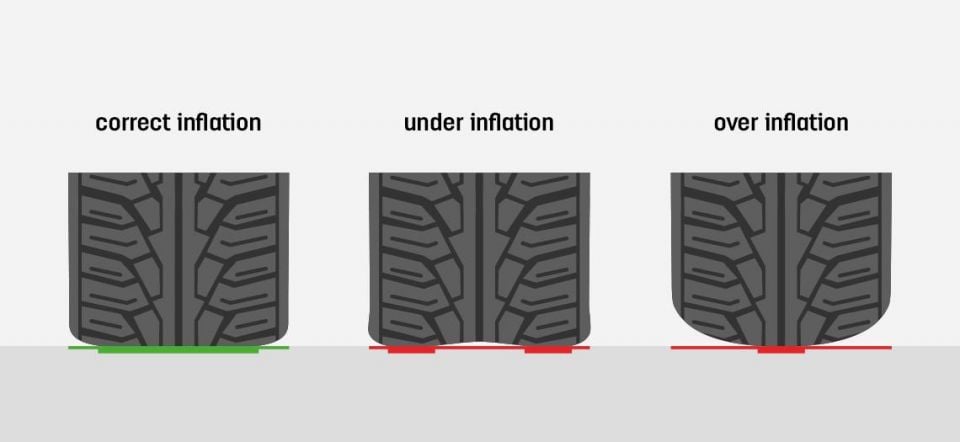
How much will this step save you? Under-inflation of a tyre by 10 per cent can increase fuel consumption by two per cent. That’s a cost of around $100 per year* for the average driver.
When you arrive at the fuel bowser you’re generally given the choice of choosing between three different fuel types – an entry level fuel (normally 91RON), a premium fuel (normally 95RON) and a very premium fuel (normally 98RON).
A large subset of cars on the market today are manufactured to work on 91RON regular unleaded fuel. In instances where your vehicle is manufactured to work on 91RON fuel and you have regularly been filling up with 95 or 98RON fuel, it’s safe to switch back to 91RON.
Moving from 98RON to 91RON where your vehicle supports 91 as a minimum, could save the average driver around $300 per year.
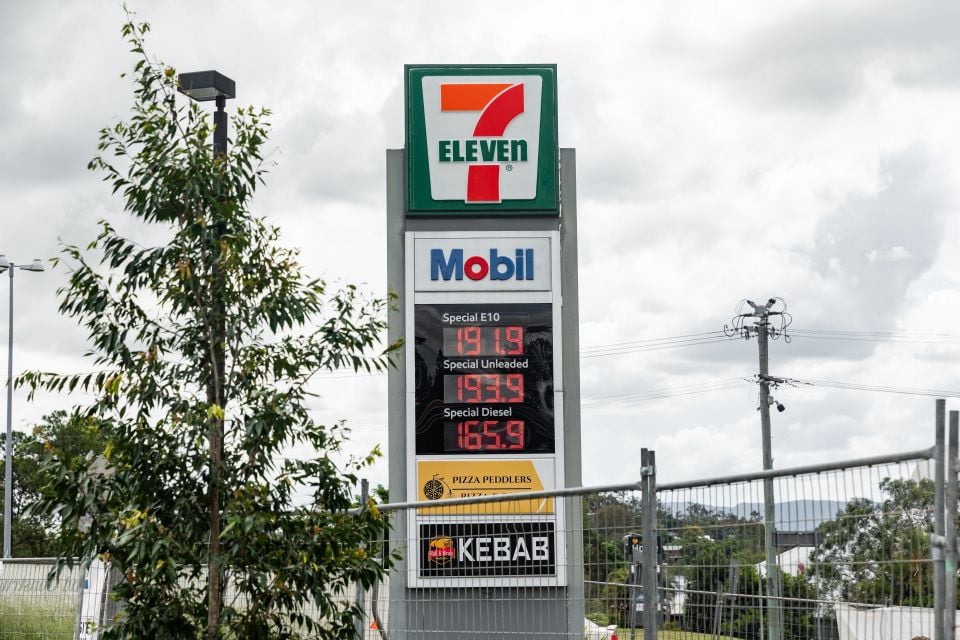
But – if you drive a vehicle that requires 95RON or 98RON as a minimum, you shouldn’t switch to a lower quality fuel. You can cause long term damage to your engine and cause the vehicle to run roughly in the short term. You could also void your warranty in the process.
Should you use an ethanol blend? Some vehicles support up to a 10 per cent ethanol fuel mix (called E10). It can save you a few cents per litre in fuel. Again, not all vehicles support ethanol fuel, so it should be avoided unless expressly mentioned by your manufacturer.
You know that giant tool kit, the old street directory or the litany of garbage you’ve accumulated over the years?
Every time you drive your car, you’re asking the vehicle to work harder to move this excess weight. Even things like the tow ball and tongue on your tow bar that you use once a year can add to a tally of excess weight that your car is forced to drag around.
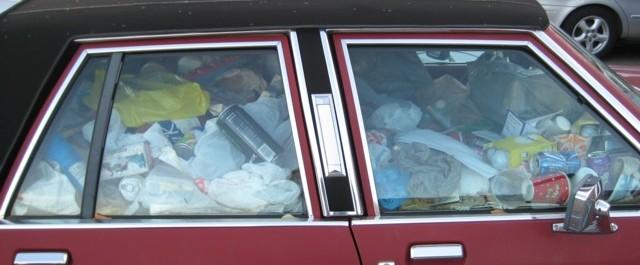
This also counts on the roof of your car. Do you drive around with roof racks or a roof pod, but don’t actively use them? This added wind resistance slows your car down and forces your vehicle to use more fuel to travel the same distance.
For every 50kg of weight removed from a car, you can save around two per cent of fuel use. That could end up saving you an additional $100 per year* in fuel use.
Moving a big and heavy car from a standing start is like trying to move a big box on carpet. It’s really hard to get moving initially, but once it’s moving, it becomes far easier to keep moving.
So it’s little surprise that the more often you come to a complete stop, the more often you’ll need to move off from a standing start and force your car to use a great deal of energy to overcome that initial stationary moment.
By looking ahead in traffic, you’ll be able to slow down sooner and potentially avoid coming to a complete stop. You may find that by slowing down earlier you’ve left yourself enough buffer to then accelerate again without coming to a stop.
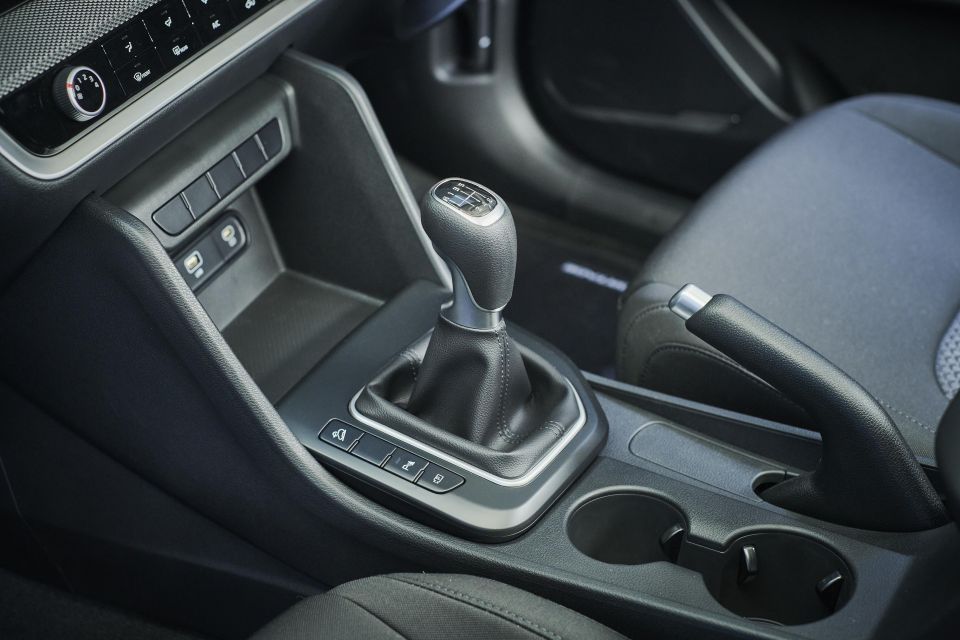
The other easy win (especially for drivers of manual cars) is to utilise your engine brakes. By gearing down to slow down instead of solely relying on the mechanical brakes, once the vehicle enters a state of engine braking the engine is using zero fuel.
Think of situations like going down a long hill – instead of riding the brake pedal, you’re able to go back through the gears and reach a state where the car’s momentum is turning the engine over and far less fuel is required to keep the vehicle moving.
While it may be momentary, these momentary points in time add up to give you a cumulative fuel saving.
You could save around $150 per year* by taking advantage of looking ahead and using engine braking.
Some people think that by doing five or 10km/h over the speed limit, not only will they save heaps of time, but they’ll save fuel because they are spending less time in the car.
Unfortunately that’s not the case. On a 50km journey on a 100km/h road, if you exceed the speed limit by 10km/h you’re only saving three minutes in total.

During that same journey if you stick to the speed limit you could save around 15 per cent in fuel because you’re not forcing your big, air-breaking vehicle to use more fuel to keep itself moving at a higher speed.
By avoiding speeding up to 10km/h over the speed limit, you could save about $300 per year* in fuel. That saving grows even more the faster you travel above the speed limit.
If you’re guilty of each of these cost-saving offences, you could be missing out on a saving of about $1000* per year.
It’s not an insignificant amount. And we haven’t even touched on the cost benefits of keeping your vehicle regularly serviced with fresh oil and clean filters.
Now is the time to get into good driving habits – it’ll save you money and potentially keep your car running longer.
* Fuel saving estimate based on typical vehicle travelling around 15,000km per year.
Paul Maric is a CarExpert co-founder and YouTube host, combining engineering expertise with two decades in automotive journalism.


Damion Smy
2 Hours Ago


Damion Smy
3 Hours Ago
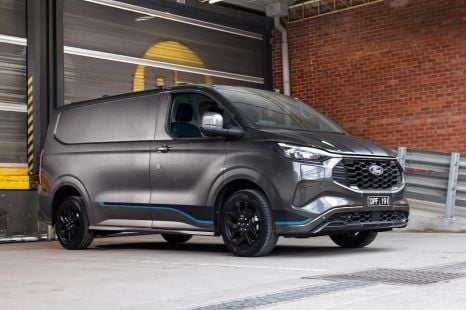

Damion Smy
3 Hours Ago


Damion Smy
4 Hours Ago
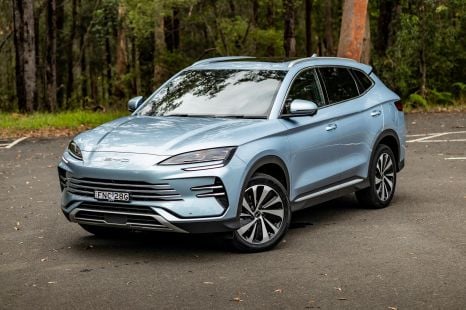

Josh Nevett
4 Hours Ago


Max Davies
5 Hours Ago